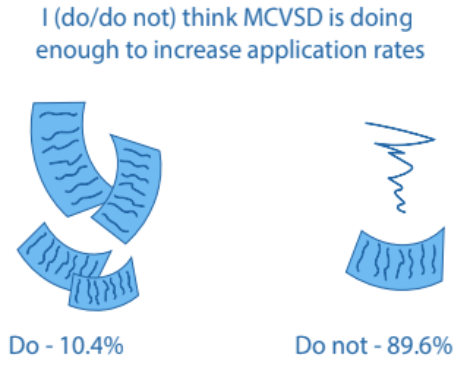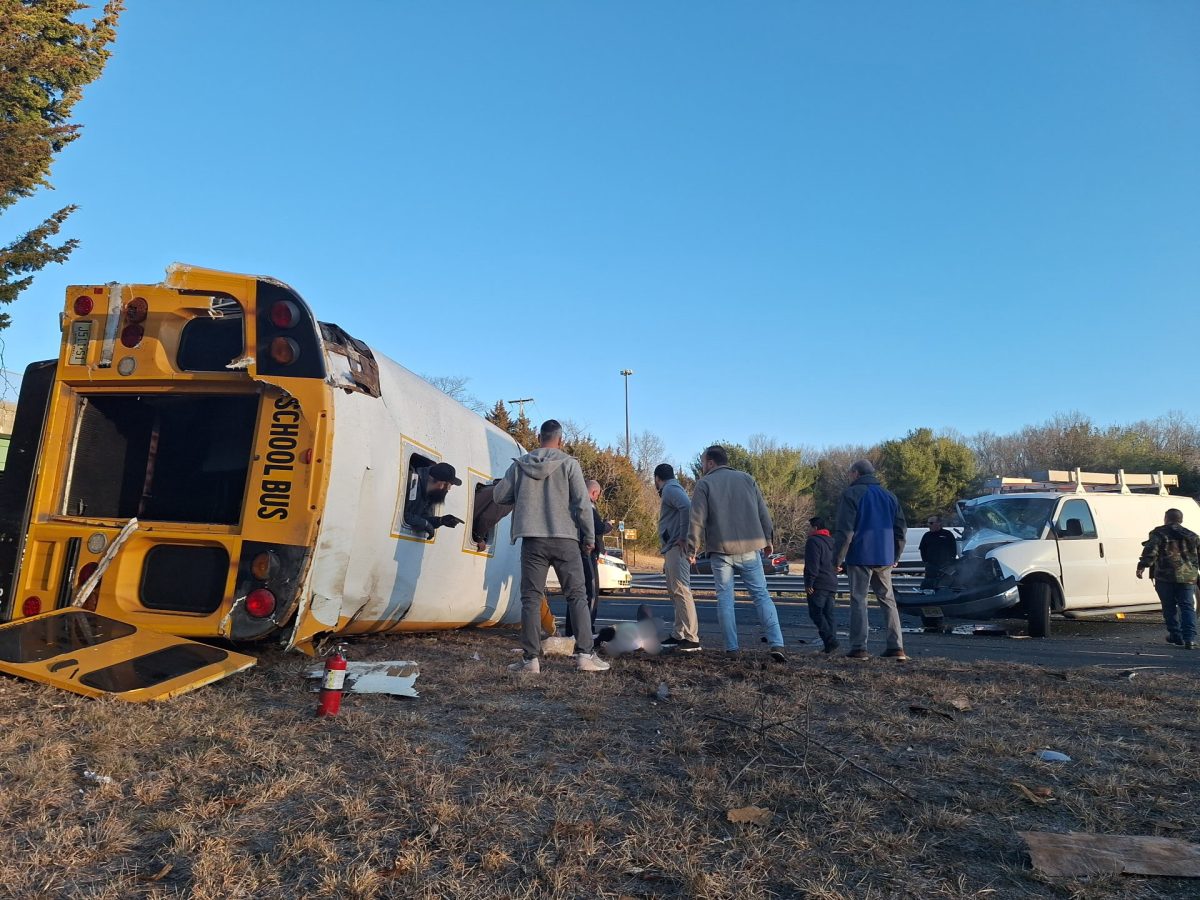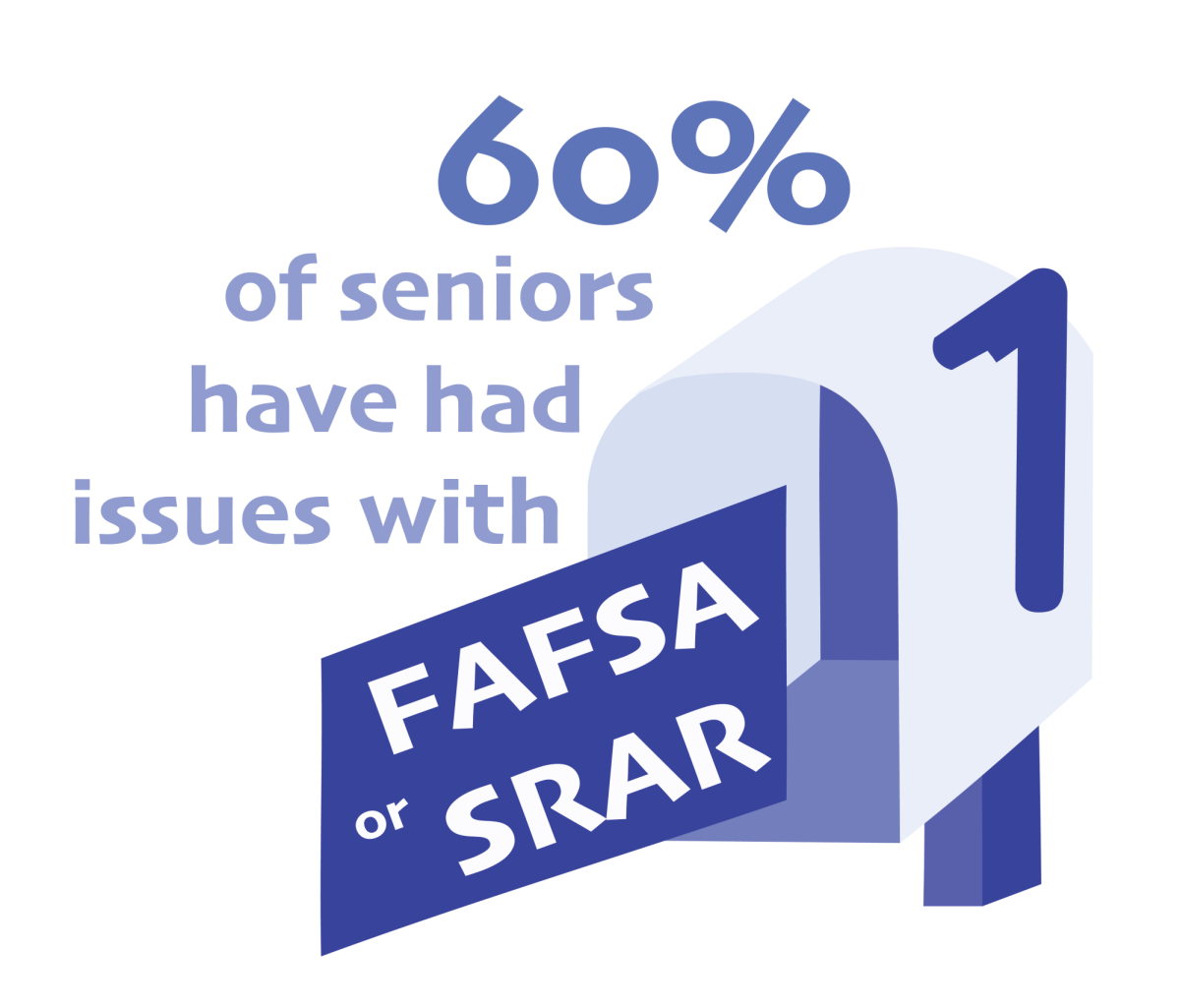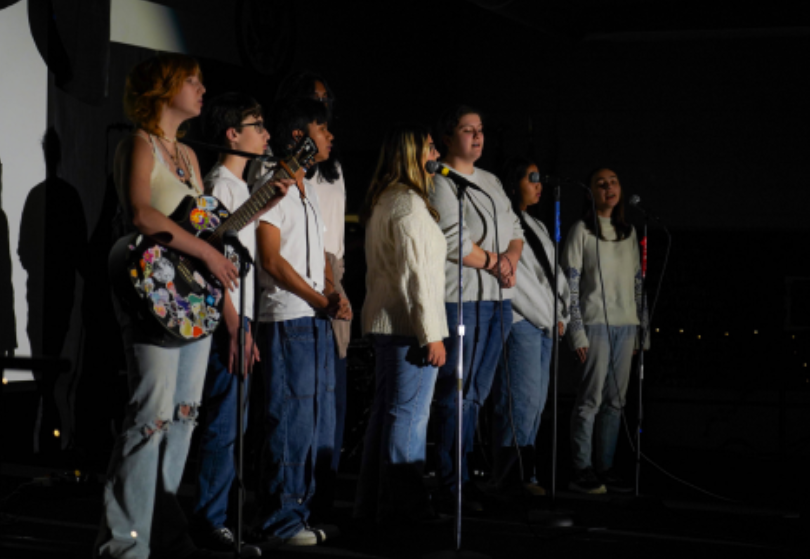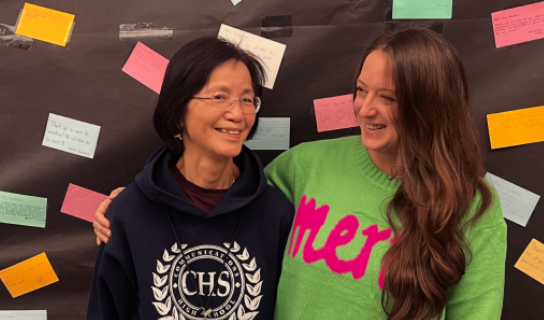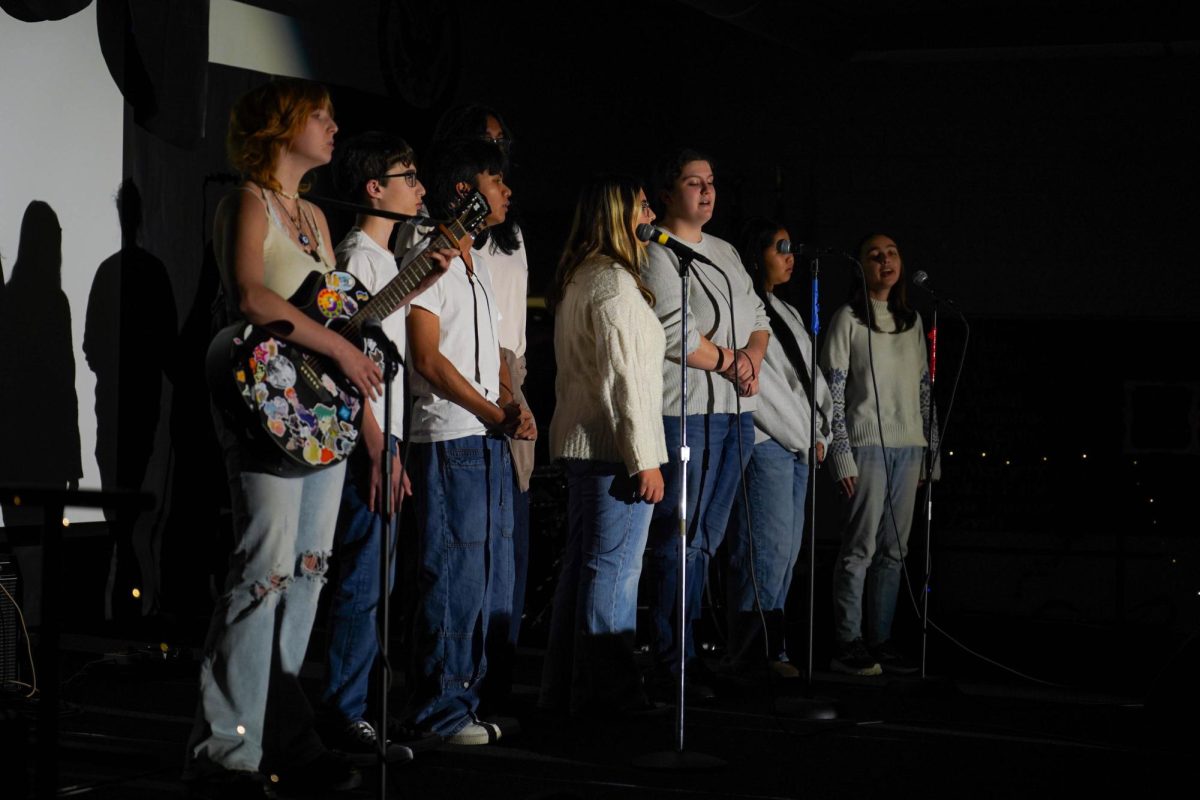Applications to Communications High School (CHS) have dropped by more than half over the past decade. After years of steady decline, this year’s incoming freshman class had 160 applicants, compared to 331 in 2014, according to records released by the school district.
It is unclear what the application trends for the four other Career Technical Academies look like, as Monmouth County Vocational School District (MCVSD) officials declined to release the information without a request through New Jersey’s Open Public Records Act. A request is forthcoming.
The MCVSD full-time high school application consists of two parts: providing proof of grade point averages and sitting for an entrance exam. Prospective students submit transcripts from their seventh and eighth grade years, which are then averaged with the entrance exam, which consists of equal portions of math and language arts. To select attendees, “the highest- scoring applicant from each district pool will be offered admissions,” according to a statement on the Communications High School official website. After this round the remaining students are ranked based on score, disregarding their town of origin.
The most stark decline recorded during the decade occurred in the transition from the incoming class in 2015 to the incoming class in 2016, when the applicant pool shrank by 55 students (331 to 276). Behind that year was 2020, the first year of stiff COVID-19 regulations, in which the application pool shrank by 54 from the year before.
Over the past decade, MCVSD officials have worked on ways to combat the enrollment declines by boosting interest in the unique programs offered by the five “career academies,” but school administrators admit it’s been a challenge because they must also focus attention on the district’s traditional vocational programs, which have been growing.
Some current CHS students worry that if interest in the career academies wanes, the schools will lose resources.
“Future classes coming into the school might not get the same experience I got,” said James Doyle, a junior from Farmingdale.
At CHS, district officials blame the decline in applications on increased competition from the rapidly increasing number of specialized programs available at comprehensive high schools throughout the county. Programs such as Wall High School’s Engineering branch and Red Bank Regional’s Arts academies are open to not only sending students, but out-of-district students as well, heightening the competition.
Curently, school principals are working with design teams at Laura Bishop Group to define the aesthetics of their schools in order to promote their digital presence. Hopefully, using social media will target interest at a student level and give a more well-rounded view of the school that a single information session cannot provide. Other on the ground methods of engaging and informing prospective students include a specialized summer program in Red Bank that gives middle schoolers a preview into MCVSD teachers and students, and outreach programs with New Jersey nonprofit Secondary Education (SEED) to target underrepresented areas in the county.
MCVSD Assistant Superintendent Sean Meehan said the district must juggle combatting competition with growing traditional vocational programs, which are growing rapidly, because they have little competition from traditional comprehensive high schools.
“We’re doing so many things already it’s hard to pause and remember that we need to add new things to invite in new people,” Meehan said. “We are seeing a tremendous increase in traditional vocational areas.”
In addition to the career academies, the district operates 15 share-time facilities, which are open to any high school juniors and seniors in the county. The schools provide hands-on vocational experience in trades ranging from culinary arts, to building trades to cosmetology. for people looking to accelerate their learning.
While CHS is grappling with what to do as class sizes shrink, the share time facilities barely have room for their growth. The welding program, which can only accommodate 9 students, received an overwhelming 40 applications for the incoming class. Similarly, the cosmetology program received 260 applications for 150 spots and the electricity program received 90 applications for 40 spots.
This increase looks good for the district, but does nothing to bolster the confidence of full-time MCVSD teachers, like CHS Chemistry teacher Erin Wheeler, who choose to stay at the academies over public and private schools.
“I know that there’s a decline in applications, but I really haven’t seen a huge decline in work ethic, or the level of student drive. At some point it will start to get really drastic though,” said Wheeler. “The district will still exist, of course, but something might have to change with the academies.”



